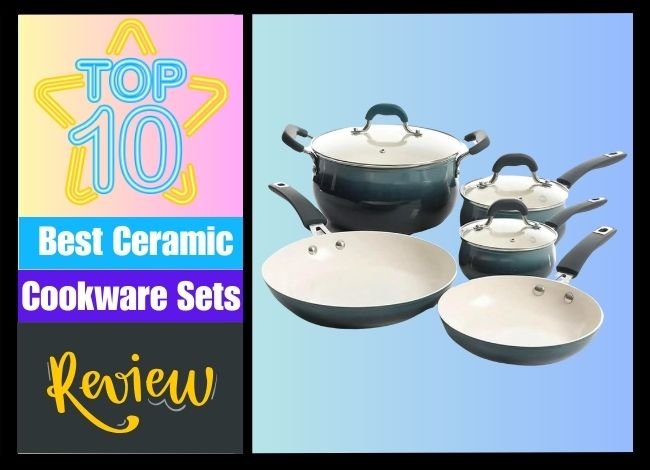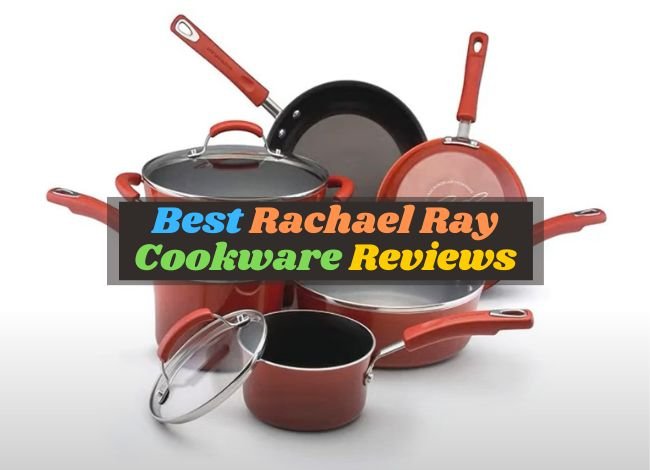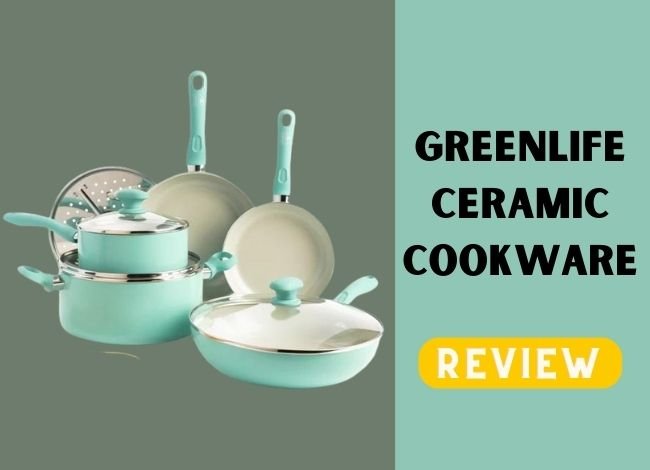Last Updated on January 30, 2024
Terracotta, a material as ancient as civilization itself, has been a cornerstone in the realm of pottery and cookware. Renowned for its rustic charm and durability, terracotta continues to be a popular choice for many artisans and cooks. This comprehensive guide delves into the intriguing question of whether terracotta can be used in modern ovens. This exploration is not just about understanding the compatibility of terracotta with contemporary cooking methods, but also about appreciating its versatility and the nuanced art of baking with clay.
Is it possible to bake terracotta clay in the oven, taking this into consideration?
When considering terracotta clay in an oven, it’s essential to understand the material’s properties. Terracotta, known for its porous nature and heat resistance, can indeed be used in an oven. However, ensuring that the terracotta is oven-safe is crucial, as not all clay pots are created for high heat exposure. The key lies in the firing process of the clay. Properly kiln-fired terracotta can withstand oven temperatures, whereas air-dried clay might crack or break. Additionally, gradual heating and cooling are recommended to avoid thermal shock. This knowledge opens up a world of culinary possibilities, from baking bread to roasting vegetables, all while maintaining the unique flavor profile that terracotta imparts.
Related Post: Can I Put Rachael Ray Cookware in the Oven?
Consequently, the issue is whether or not it is possible to bake cupcakes in clay pots.
Baking cupcakes in clay pots is possible and adds a delightful twist to the traditional cupcake experience. The porous nature of terracotta lends a unique moisture and texture to the cupcakes, creating a distinct taste. Before attempting this, it’s important to use only unglazed, oven-safe terracotta pots and to prepare them properly. This involves thoroughly cleaning the pots and then seasoning them with oil to create a non-stick surface. The even heat distribution of terracotta ensures a consistent bake. However, it’s important to adjust baking times as clay pots may alter the usual baking duration. Imagine unveiling cupcakes baked in quaint terracotta pots at your next gathering – a surefire conversation starter!
Is it possible to bake earthenware in the oven as well?
Moving beyond terracotta, let’s explore the broader category of earthenware in oven usage. Like terracotta, other earthenware must be treated carefully when subjected to oven temperatures. Ensuring that the earthenware is glazed and kiln-fired makes it more suitable for oven use. It’s also vital to check for any manufacturer guidelines regarding temperature limits. Earthenware’s heat retention properties make it ideal for slow-cooked dishes, imparting a depth of flavor that modern cookware seldom achieves. However, caution is advised against sudden temperature changes, which can lead to cracking or breaking of the earthenware.
Related Post: Can anolon go in the oven?
How long should clay be baked in the oven?
The duration for baking clay in the oven varies based on the type of clay and the intended use. For terracotta or earthenware cookware, the focus isn’t on ‘baking’ the clay but rather on using it for cooking. Here, the cooking time depends on the recipe. However, for crafting purposes, polymer clay, a different type, usually requires about 15-30 minutes per quarter inch of thickness at a temperature specified by the manufacturer. It’s crucial to follow these guidelines closely, as over-baking can cause discoloration or weakening of the clay, while under-baking leads to a brittle final product. Thus, understanding the specific requirements of your clay type is key to successful oven baking.
Is it necessary to bake terracotta before using it?
Before its initial use, especially in cookware, baking terracotta was a practice steeped in tradition and practicality. This process, often referred to as ‘seasoning,’ involves slowly heating the terracotta to remove any residual moisture and to strengthen it. Seasoning can be done in a regular oven, by gradually increasing the temperature and allowing the terracotta to acclimatize. This initial bake enhances the durability and longevity of the terracotta, preventing cracking or breakage during future cooking. It also helps remove any industrial residues or odors, ensuring that the terracotta imparts only its natural, earthy essence to the food.
What Temperature Do You Bake Clay At and For How Long Do You Bake It?
Baking clay in an oven is a crucial step in the crafting process, but it requires precise temperature and timing. The temperature for baking clay typically ranges between 215°F to 300°F, depending on the type of clay. For instance, polymer clay bakes well at around 275°F, whereas air-dry clay doesn’t require baking. The baking duration also varies; it’s generally 15 minutes per quarter inch of thickness. Following the manufacturer’s instructions for specific clay types is essential to prevent burning or underbaking. Using an oven thermometer is advisable for accuracy, as oven temperatures can fluctuate. Consistent temperature is key to achieving a perfect cure without cracks or brittleness.
Is It Possible to Bake Air-Dry Clay?
As its name suggests, air-dry clay is designed to harden at room temperature, making baking unnecessary. However, if you’re in a hurry, you can speed up the drying process in an oven. Set the oven to a very low temperature (around 200°F or lower) and closely monitor the clay. Understanding that air-dry clay can crack if heated too quickly or unevenly is crucial. Therefore, gradual heating is recommended. Remember that air-dry clay is not the same as oven-bake clay, and treating them interchangeably can lead to disappointing results. Always check the clay’s packaging for specific instructions.
What is the Best Way to Microwave Polymer Clay?
Microwaving polymer clay is not a recommended practice. Polymer clay is designed to be baked in a conventional oven at a specific temperature for a certain duration to achieve proper curing. Microwaving can lead to uneven heating and potential burning, as microwaves heat objects inconsistently. Moreover, some types of polymer clay contain materials that could react dangerously in a microwave. For best results, always use an oven. If you don’t have access to one, consider alternative methods like using a clay-dedicated toaster oven, but never a microwave.
Related Post: Is it safe to use oven after cleaning?
What Kind of Clay is Utilised in the Production of Terracotta Jewelry?
Terracotta jewelry is primarily made from earthenware clay, which is a type of natural clay rich in iron, giving it a distinctive reddish-brown color after firing. This clay is highly malleable, perfect for crafting intricate jewelry designs. Once shaped and dried, the pieces are fired in a kiln at temperatures between 1,000°F and 2,000°F, depending on the clay’s maturity. This process is what transforms the soft clay into durable terracotta. It’s important to note that terracotta clay used for jewelry differs from the terracotta used for pottery and should be treated accordingly.
What is the Best Way to Bake Polymer Clay Without Using an Oven?
You can still cure polymer clay using alternative methods if you don’t have an oven. One popular method is boiling. Depending on the thickness, you can boil your polymer clay creations in water for approximately 10-15 minutes. Another method is using a heat gun or embossing heat tool, which is ideal for small projects. Keep the heat gun moving to avoid burning the clay. Remember, these methods may not provide the same results as oven-baking and can be a bit tricky to master, so experimentation and practice are key.
What is the Best Way to Tell Whether a Meal is Safe to Bake in the Oven?
Consider the ingredients and container used to determine if a meal is safe to bake in the oven. Ensure that all meal components are oven-safe, including any garnishes or added elements. Containers made of materials like glass, ceramic, metal, and oven-safe plastics can be used, but avoid containers made of materials like regular plastic, paper, or wood that can melt, burn, or release harmful chemicals. Additionally, watch for indications on pre-prepared meals that specify whether they’re oven-safe. When in doubt, transfer the meal to a known oven-safe dish.
Putting a Ceramic Dish in the Oven is Permissible
Many people wonder if ceramic dishes are a safe choice when it comes to oven cooking. The good news is that putting a ceramic dish in the oven is generally permissible. Ceramic, known for its heat-resistant properties, can withstand high temperatures, making it ideal for baking or roasting. However, it’s crucial to ensure that the ceramic dish is oven-safe. This can typically be verified by checking the manufacturer’s instructions. Oven-safe ceramics are designed to handle the thermal expansion that occurs when exposed to high temperatures, thereby reducing the risk of cracking or breaking. Additionally, it’s important to avoid sudden temperature changes, such as moving a ceramic dish from the freezer directly into the oven, as this can cause thermal shock and damage the dish. With these precautions in mind, using ceramic dishes in the oven can be a safe and effective way to prepare various dishes.
What is the Temperature at Which Ceramic Cracks?
One critical aspect to consider when using ceramic dishes in the oven is the temperature at which ceramic cracks. This phenomenon, known as thermal shock, occurs when ceramics undergo rapid temperature changes. The threshold for cracking varies based on the composition and quality of the ceramic. Generally, most high-quality ceramics can withstand temperatures up to 500 degrees Fahrenheit (260 degrees Celsius). However, lower-quality ceramics may crack at lower temperatures. To avoid cracking, it’s essential to preheat the oven and avoid placing a cold ceramic dish directly into a hot oven. Gradually heating the ceramic helps it acclimatize to the changing temperatures. Additionally, placing the ceramic dish in a cold oven and allowing it to heat up with the oven can further minimize the risk of thermal shock. It’s also advisable to avoid placing hot ceramic dishes on cold or wet surfaces, as this sudden temperature change can also cause cracking.
Is it Okay to Bake Pottery in the Oven?
Baking pottery in the oven can be a delightful experience, especially for homemade pottery enthusiasts. However, it’s important to understand that not all pottery is created equal. The key factor in determining if it’s okay to bake pottery in the oven is whether the pottery is oven-safe. This usually depends on the type of clay used and the firing process it underwent. Earthenware, stoneware, and porcelain are common types of oven-safe pottery, provided they have been properly glazed and fired. Before baking, it’s essential to ensure the pottery is thoroughly dried and free of any cracks or chips, as these imperfections can lead to breakage under high heat. Also, avoid rapid temperature changes and preheat the oven to prevent thermal shock. By adhering to these guidelines, baking pottery in the oven can be a safe and enjoyable experience, allowing for the creation of delicious meals and baked goods.
Is it possible for Earthenware to Chip Easily?
Earthenware, a popular type of pottery, is known for its rustic charm and versatility. However, a common concern is its susceptibility to chipping. The truth is that earthenware can chip more easily than other ceramics like porcelain or stoneware. This is due to its lower firing temperature and more porous nature, which makes it less dense and more brittle. To minimize chipping, it’s important to handle earthenware with care. Avoid sudden impacts or dropping it, as earthenware is less likely to withstand such forces. When storing, it’s advisable to stack earthenware with protective layers in between, such as cloth or paper, to prevent scratching and chipping. Also, using earthenware for appropriate purposes, such as baking or serving, rather than for highly durable tasks can help preserve its integrity. With proper care and handling, earthenware can remain a beautiful and functional part of your kitchenware collection for years.
Is Earthenware the Same as Ceramic in Terms of Composition?
Understanding the composition of earthenware in comparison to other ceramics is crucial for proper use and care. While earthenware is a type of ceramic, it differs significantly in composition and properties from other ceramics like porcelain or stoneware. Earthenware is made from clay fired at a lower temperature, typically between 1,000 to 1,150 degrees Celsius. This lower firing temperature produces a more porous and less dense material, contributing to its greater susceptibility to chipping and cracking. Unlike porcelain, which is known for its high density and non-porous nature due to firing at higher temperatures, earthenware often requires a glaze to make it waterproof and suitable for everyday use. The rustic and often colorful appearance of earthenware makes it popular for decorative and functional items in the home. Understanding these differences in composition is key to choosing the right type of ceramic for your specific needs and ensuring its longevity.
Conclusion
In conclusion, using ceramic dishes, including earthenware, in the oven can be a safe and effective way to prepare various dishes. However, it’s essential to be mindful of each type of ceramic’s specific properties and limitations. Understanding the temperature at which ceramics crack, the suitability of baking pottery in the oven, and the care needed to prevent chipping in earthenware can enhance your cooking and baking experiences. Recognizing the differences in composition between earthenware and other types of ceramics is also crucial for their proper use and longevity. By following these guidelines, you can enjoy the beauty and functionality of ceramic cookware in your kitchen.




